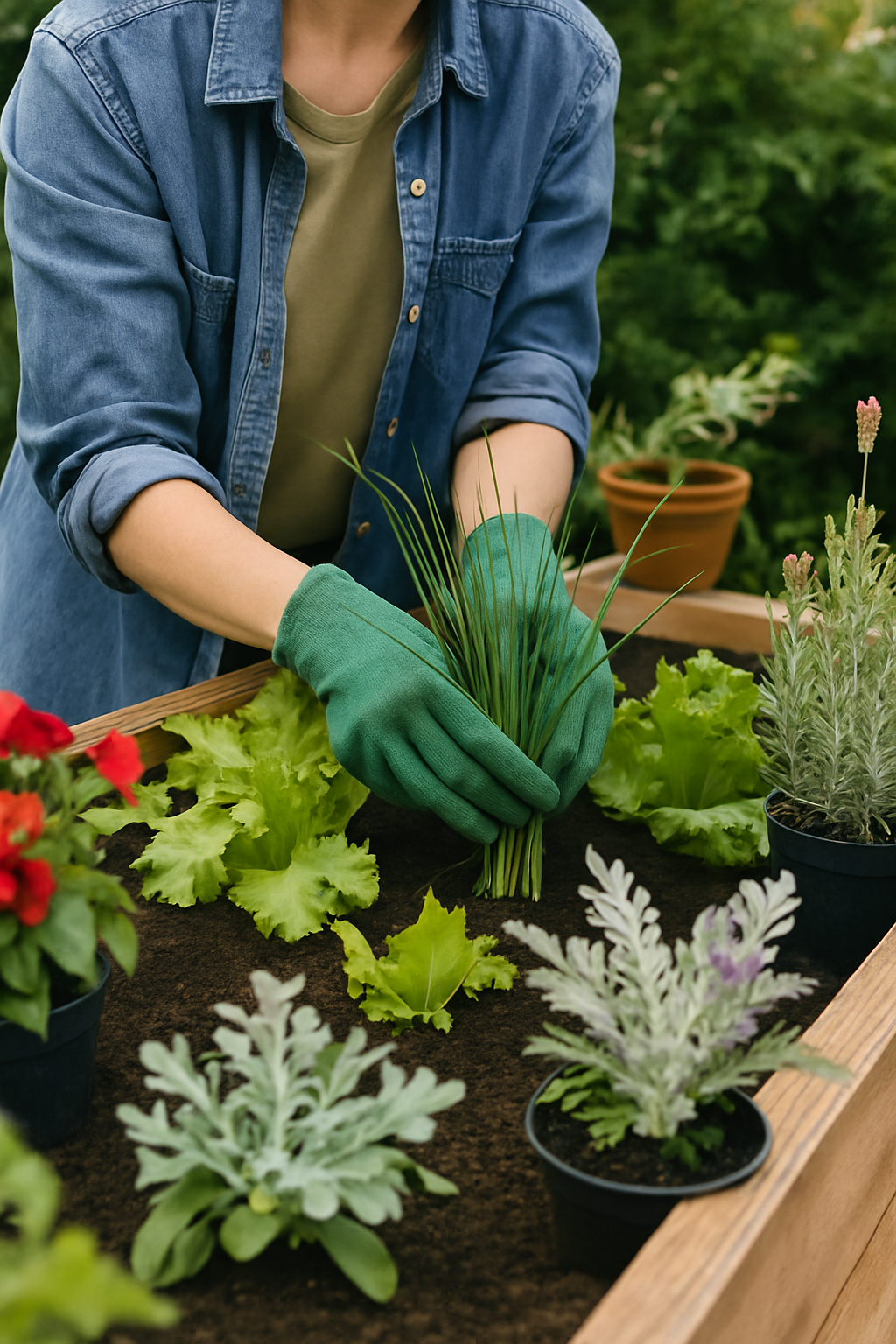Before choosing the right plants, it is vital to consider the needs of the plant, the garden designer's needs, and if the garden can provide the necessary requirements.
In order to evaluate which plants are suitable, one of the garden design principles that must be considered is ‘light’. This principle consists of full sun, part shade and full shade.
Light
It is a garden designer's responsibility to ensure that plants have the necessary allocation of sunlight throughout their lifespan. Planting a mediterranean herb such as lavender, under the shade of an oak tree, for example, is something a garden designer should know to avoid. Plants need sunlight in order to grow strong and healthy.
All green plants depend on light in order to manufacture food using a process known as photosynthesis. However, not all plants are created equal with some thriving on bright uninterrupted sun and other plants growing in changeable conditions. But, regardless of full or partial light, plants generally need a stable environment.
Have a look at plant encyclopaedias and visit good garden centres in your spare time. The labels you find on plants in garden centres contain important information on the correct lighting for a plant. Light requirements are generally listed as full sun, part shade or full shade but, what exactly do these mean?
Full sun
Full sun is when a plant requires at least six hours of direct sunlight. This does not necessarily translate as super high temperatures, but it needs to be unobstructed light and would ideally include intense midday sun.
Without six hours of sunlight, these plants can suffer from poor or slow growth and can develop arching spindly specimens that grow from the plant seeking any available light. Examples of plants requiring full sun include Yucca, Butterfly Bush (Buddleia), most Roses and Lavenders.
Plants that flourish in full sun are innately tough. In their native countries they can spend day after day under an unrelenting sun but rather than drying out or burning, they thrive. The robust nature of these plants includes both an inherent drought-tolerance and their very own sun protection factor. In general, they require very little care and attention.
As independent as the full sun plants may be, they are some small luxuries that they would enjoy. Ideally, these should be planted in soil that has been treated with compost, peat moss or other organic matter. They will need some intermittent watering throughout dry periods and having a layer of mulch spread around their bases will help conserve soil moisture through those long, hot days of summer.

Image: Pexels.
Part shade, partial shade or dappled shade
Should a plant require part shade, partial shade or dappled shade, they will need as little as three, and up to six hours of direct sunlight daily. Midday sun may be too intense for these plants so ideally they will receive morning or evening sun only.
These plants thrive in areas that are shaded for most of the day but they will require some occasional sunlight or dappled shade. Dappled shade occurs when sunlight peeks through the branches and leaves of a sheltering or overhanging tree.
Plants that prosper in partial shade are forced to undergo photosynthesis with only 10% to 25% of the light intensity as those in direct sunlight. In order for this to work efficiently, their leaves are thinner and softer so that they can collect energy faster but this also makes them vulnerable to damage from direct sunlight. Examples of plants that prosper in partial shade are Berginia, Comfrey, Dogwoods, Japanese Quince, Dryopteris Ferns and Hydrangea.

Image: Pexels.
Full shade or deep shade
Should a label on a plant specify full or deep shade, this means the plant can tolerate less than three hours of sunlight per day. These are very useful plants for a garden designer as there are always shaded areas where full sun plants simply won’t survive.
Plants that grow well in full shade are often found growing wild in deep forests where they receive indirect sporadic light throughout the course of a day. They are slow growing plants that require less food than other more demanding plants.
Shade loving plants are sensitive to intense sunlight leaving them at risk of sunburn. A fundamental skill of garden design is to ensure that the correct plant correlates with the relevant sunlight, but it is a rewarding skill that will provide a garden with increased flowering, good growth rates and fewer pests or diseases. Examples of plants that prosper in deep shade include perennial Geraniums, Lily of the Valley, many Euonymus, Skimmia, Vinca, Heuchera and most plain green Ivies.

Image: Pexels.
Read our articles for more gardening tips and advice.
To learn more about how to keep a healthy garden or pursue a career in garden design, take a look at our courses.

